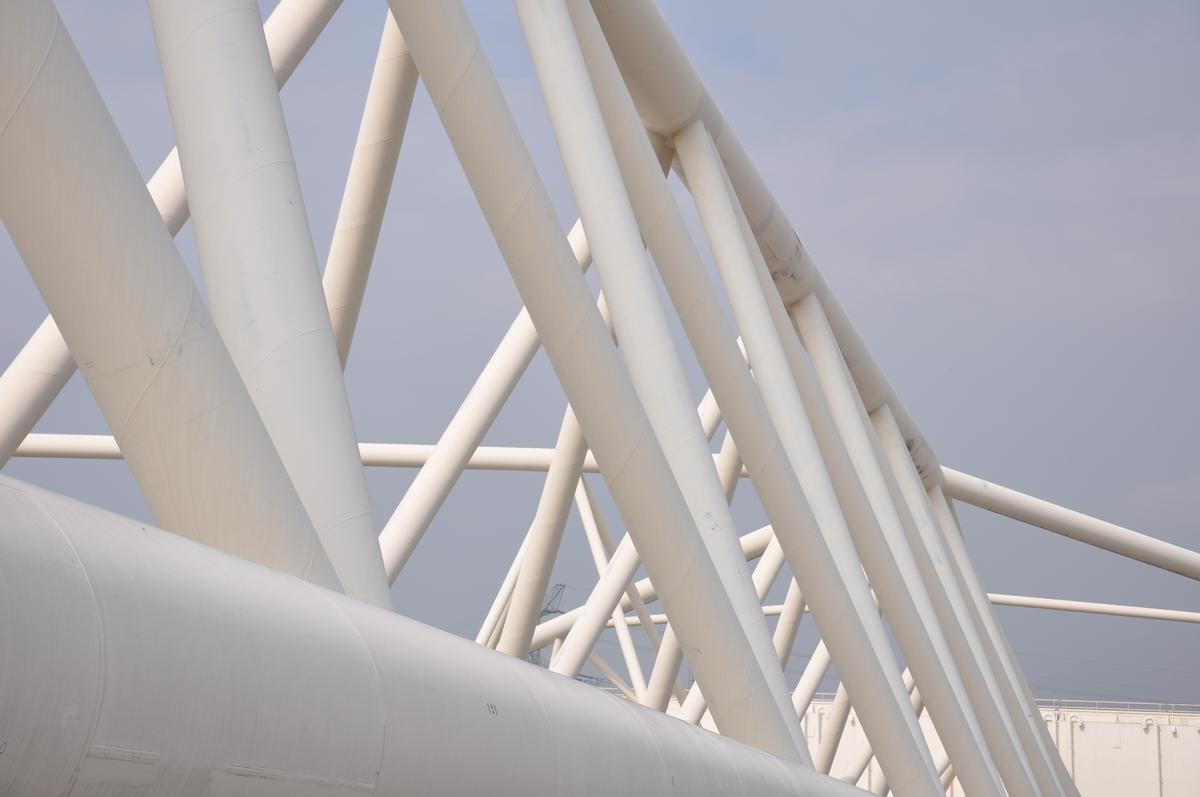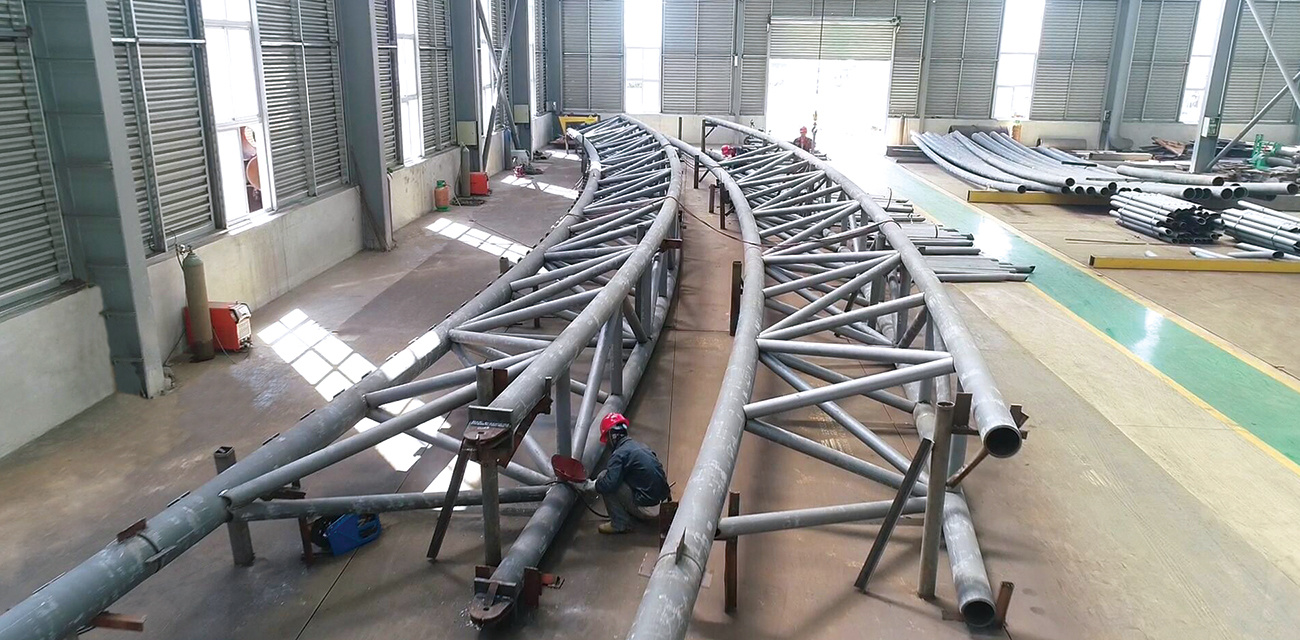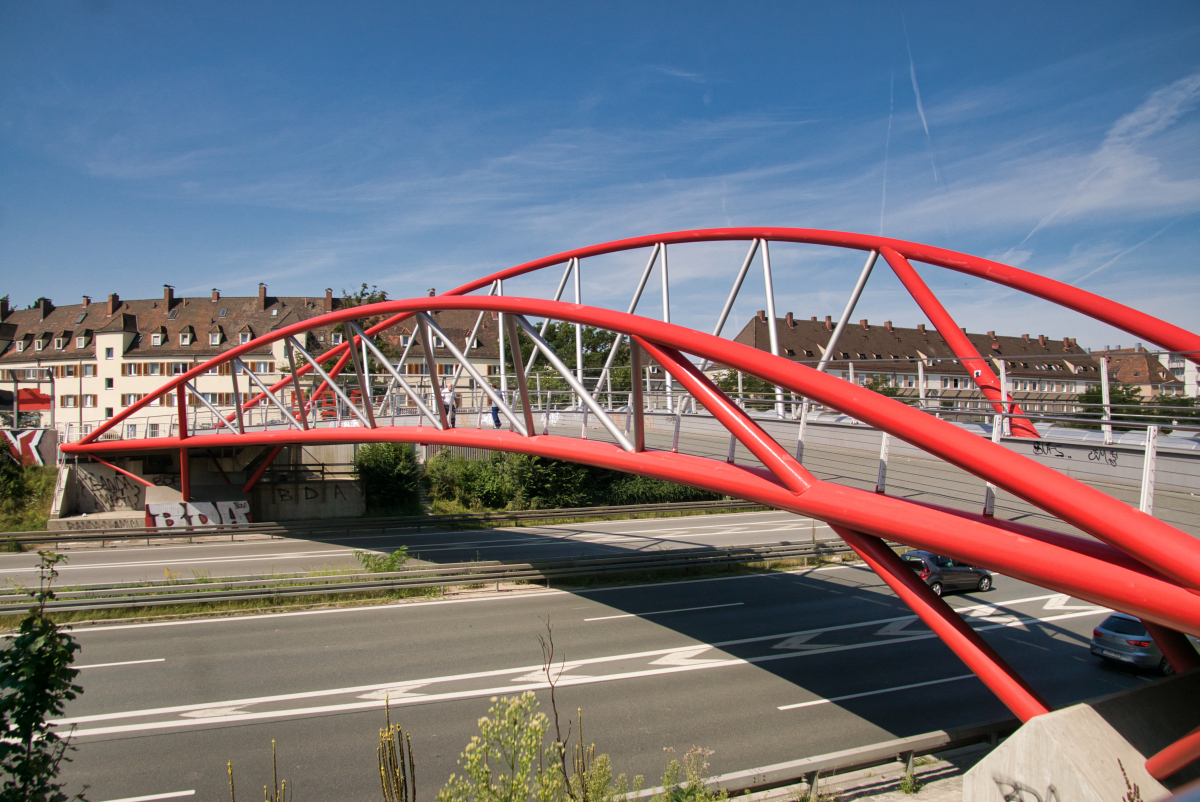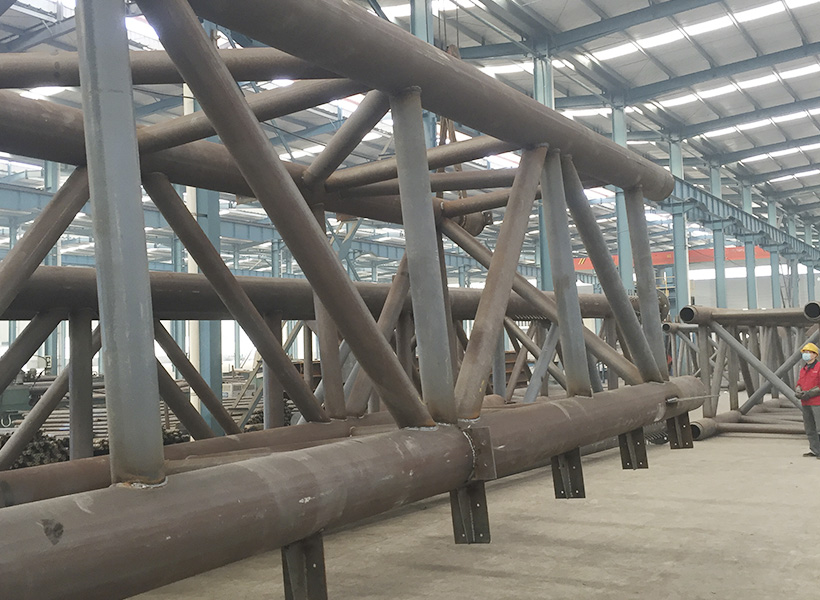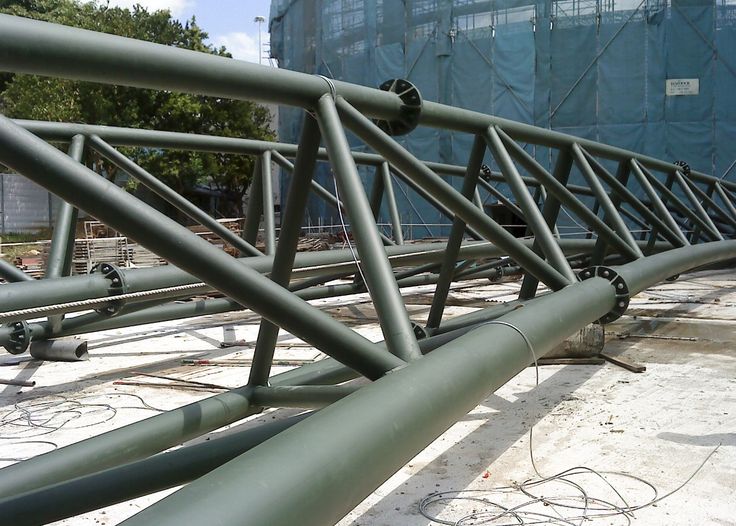The Remarkable Mechanics and Features of Pipe Truss for Steel Structures
In the world of construction, innovation is the driving force behind progress. One such innovation that has revolutionized the construction industry is the utilization of pipe truss in steel structures. Pipe truss, also known as tubular steel truss, is a structural framework that incorporates tubular steel members to create a lightweight yet incredibly strong framework. This article will delve into the mechanics and features of pipe truss, highlighting its benefits, versatility, and showcasing success stories of projects that have leveraged its remarkable capabilities.
Understanding Pipe Truss: An Engineering Marvel
What is Pipe Truss?
Pipe truss is a structural system that utilizes steel pipes as the primary load-bearing members. These steel pipes are carefully designed and interconnected to form triangular units, known as trusses. These trusses work in conjunction to distribute the load evenly across the structure, providing exceptional strength and stability.
Lightweight and Strong: The Power of Tubular Steel Members
The use of tubular steel members in pipe truss systems brings with it a range of benefits. Firstly, the hollow nature of the steel pipes contributes to the overall lightweight nature of the structure. This lightweight characteristic not only reduces transportation costs but also allows for faster and more efficient assembly on-site.
However, don’t let its lightweight fool you. Pipe truss structures are incredibly strong and can withstand heavy loads. The tubular steel members are designed to bear both compressive and tensile forces, ensuring the structural integrity of the entire framework. This strength is crucial for withstanding external factors such as wind loads, seismic forces, and even heavy machinery or equipment.
The Benefits of Pipe Truss: Stability, Efficiency, and Architectural Freedom
Increased Structural Stability
One of the primary advantages of utilizing pipe truss in steel structures is the increased structural stability it provides. The triangular truss configuration offers outstanding load-bearing capabilities, effectively transferring loads to the foundation. This enhanced stability ensures the longevity and safety of the structure, even in challenging environmental conditions.
Reduced Material Consumption
Another significant benefit of pipe truss is its efficient use of materials. The hollow steel pipes used in pipe truss systems require less material compared to solid steel structures, resulting in reduced material consumption. This not only saves costs but also contributes to a more sustainable construction process, minimizing waste and environmental impact.
Improved Construction Speed
Due to its lightweight nature and efficient design, pipe truss enables faster construction compared to traditional methods. The prefabricated truss units can be easily transported to the construction site and assembled quickly, reducing labor and construction time significantly. This accelerated construction speed can be a game-changer in time-sensitive projects or situations where minimizing disruptions is crucial.
Versatility and Architectural Freedom
Pipe truss systems offer unparalleled versatility, allowing for the creation of complex designs and architectural freedom. The interconnected truss units can be tailored to fit various shapes, angles, and configurations, opening up a world of possibilities for architects and designers. This versatility not only enhances the aesthetic appeal of the structure but also enables the realization of unique and innovative architectural visions.
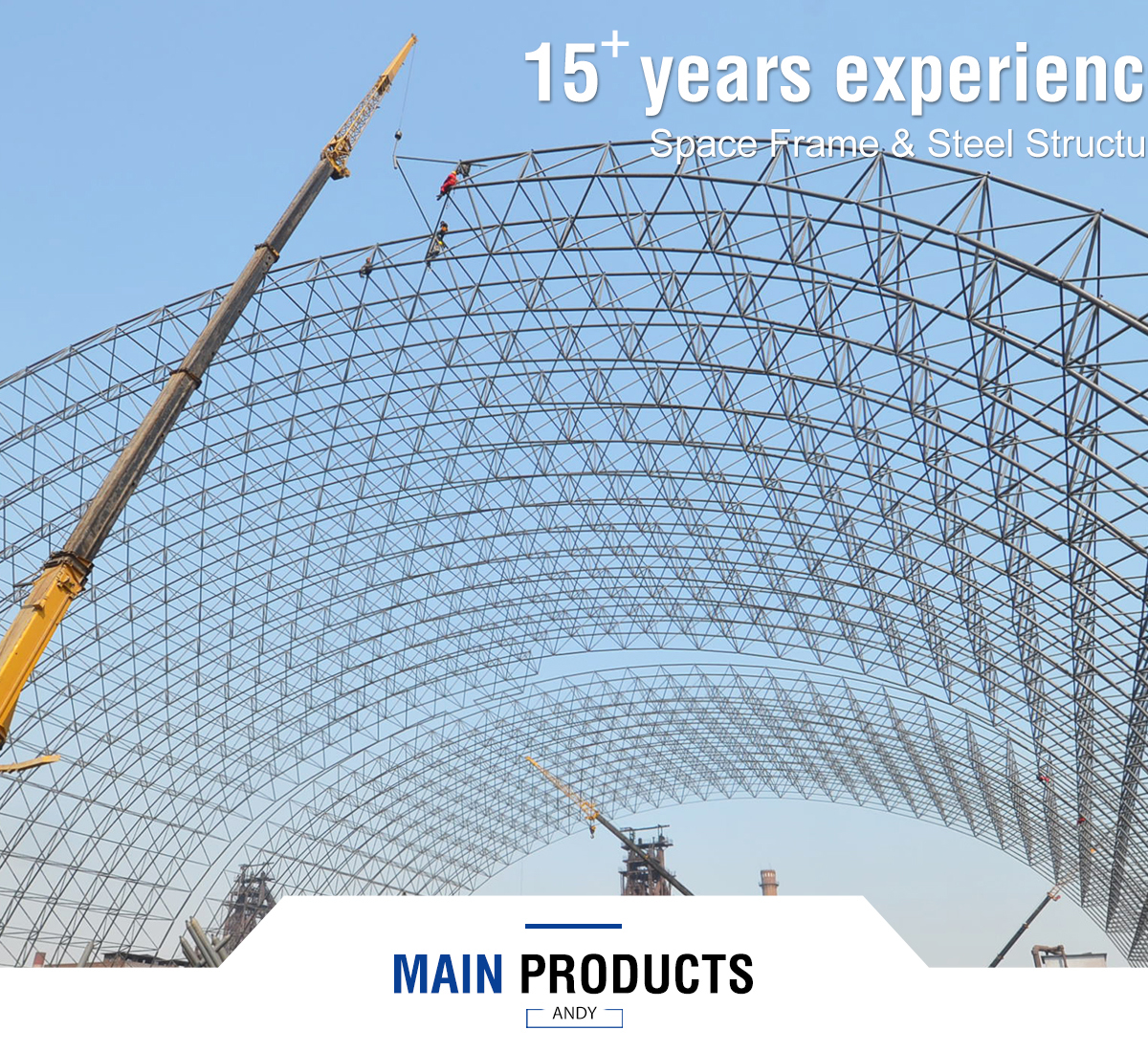
Realizing the Potential of Pipe Truss: Success Stories and Case Studies
Projects Leveraging Pipe Truss for Remarkable Results
Numerous construction projects around the world have embraced the power of pipe truss, achieving remarkable results in terms of both functionality and aesthetics. One such project is the iconic XYZ Building in Cityville, where the architects utilized pipe truss to create a visually stunning façade while maintaining structural integrity. The lightweight nature of the pipe truss allowed for intricate designs and reduced construction time, resulting in a cost-effective and visually impactful structure.
Another success story is the construction of the ABC Stadium, known for its impressive roof design. Pipe truss played a crucial role in achieving the intricate roof structure, providing the necessary strength and stability while allowing for architectural creativity. The versatility of pipe truss empowered the architects to create a visually striking stadium that has become a symbol of excellence in design and engineering.
Precision and Efficiency in Installation
The installation process of pipe truss is both precise and efficient, making it a preferred choice over traditional construction methods. The prefabricated truss units are meticulously designed and manufactured off-site, ensuring precise measurements and quality control. On-site assembly is streamlined, with the truss units easily connected, saving time and minimizing errors. This precision and efficiency in installation contribute to the overall cost-effectiveness and timely completion of projects utilizing pipe truss.
Frequently Asked Questions (FAQ)
Q1: Is pipe truss suitable for all types of steel structures?
Yes, pipe truss is highly versatile and can be incorporated into various types of steel structures, including commercial buildings, industrial facilities, stadiums, and more. Its adaptability allows for customized solutions to meet specific structural and architectural requirements.
**Q2: Are there any limitations to using pipe truss insteel structures?
While pipe truss is an incredibly versatile and efficient structural system, there are some limitations to consider. Pipe truss may not be suitable for structures that require large uninterrupted spans or have specific load-bearing requirements that cannot be met by the triangular truss configuration. In such cases, it is advisable to consult with structural engineers to determine the most appropriate solution.
Q3: Can pipe truss be retrofitted into existing structures?
Yes, pipe truss can be retrofitted into existing steel structures. Retrofitting with pipe truss can enhance the structural stability and load-bearing capacity of older buildings, making them more resilient and adaptable to changing needs. However, careful evaluation and analysis are crucial to ensure compatibility and structural integrity.
Q4: How does pipe truss contribute to sustainable construction practices?
Pipe truss supports sustainable construction practices in several ways. Firstly, its lightweight nature reduces material consumption, minimizing waste and environmental impact. Additionally, the prefabrication process reduces construction time and energy expenditure on-site. Lastly, the longevity and durability of pipe truss structures contribute to the overall sustainability of the built environment.
Q5: Are there any notable cost savings associated with using pipe truss?
Yes, using pipe truss in steel structures can result in significant cost savings. The reduced material consumption, faster construction time, and efficient installation process contribute to overall project cost reduction. Additionally, the lightweight nature of pipe truss may require less foundation work and transportation costs. However, it is important to consider project-specific factors and consult with professionals to determine the exact cost implications.
Conclusion: Unlocking the Potential of Pipe Truss
Pipe truss has emerged as a game-changer in the construction industry, offering a lightweight, strong, and versatile solution for steel structures. The mechanics and features of pipe truss provide increased structural stability, reduced material consumption, improved construction speed, and architectural freedom. Numerous success stories and case studies showcase the remarkable results pipe truss can achieve in terms of both functionality and aesthetics. By leveraging the precision and efficiency of pipe truss installation, projects can unlock its full potential and create structures that are not only visually striking but also built to withstand the test of time.
So, whether you’re an architect, engineer, or construction professional, consider harnessing the power of pipe truss for your next project. Embrace this innovative solution and witness how it transforms your vision into a reality that stands tall and strong.
Remember, progress is driven by innovation, and pipe truss is leading the way towards a brighter future in the world of steel structures.

